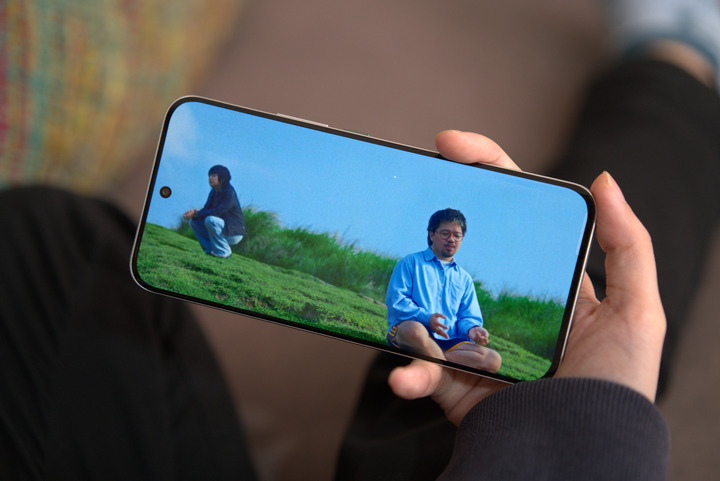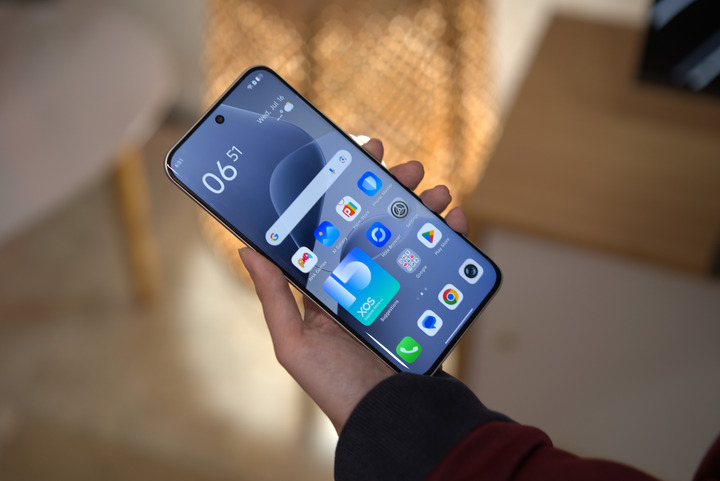
Upgrade to High-Speed Internet for only ₱1499/month!
Enjoy up to 100 Mbps fiber broadband, perfect for browsing, streaming, and gaming.
Visit Suniway.ph to learn
If you have around 8,000 pesos to spend on a new phone, you might find yourself choosing between the POCO M7 4G and the Infinix HOT 60 Pro+.
Both sit in the same price range, yet they are built with very different priorities in mind. The POCO M7 leans toward endurance and practicality, while the Infinix Hot 60 Pro+ aims for a more polished design and balanced performance.

Let’s compare them in detail to find out which one is the better match for you.
Design and Construction
Looking at both phones side by side, the POCO M7 4G and Infinix HOT 60 Pro+ take very different approaches to design.

The POCO M7 4G has a simple, all-plastic build that feels sturdy and straightforward. It comes in at 224 grams with an 8.3mm thickness, so it does feel a bit chunky in the hand. The Carbon Black finish is clean and doesn’t pick up too many fingerprints, and the phone has an IP64 rating, giving it better dust and splash resistance than what we usually see at this price point.

The HOT 60 Pro+, on the other hand, feels much more refined. At just 5.95mm thin and 155 grams, it’s noticeably lighter and slimmer. The curved back and edges add comfort when holding it, and the use of Gorilla Glass 7i on the front boosts durability. With an IP65 rating, it has slightly stronger protection against dust and water compared to the POCO. Small touches like the redesigned camera island and the accented power button help it stand out more as a modern-looking device.

Design-wise, if you’re into light and slim phones, then the Infinix HOT 60 Pro+ is the better fit. But, the POCO M7, on the other hand, is still decent as a modern, flat-edged device.
Display, Multimedia, and Biometrics
Both phones boast 144Hz refresh rates, which is impressive, but the overall quality is different.

The POCO M7 4G has a 6.9-inch IPS LCD panel with Full HD+ resolution. It’s big and sharp enough for most tasks, but peak brightness is limited to 850 nits, so visibility outdoors can be an issue. It also has a single bottom-firing speaker, which is decent but easy to block.

The HOT 60 Pro+ has a smaller 6.78-inch panel but switches to AMOLED. This makes colors more vibrant, blacks deeper, and brightness much better at up to 1,600 nits, so it’s more usable outdoors. It also has stereo speakers tuned by JBL, making videos and music more immersive. On top of that, you get an in-display fingerprint scanner, while POCO sticks with a side-mounted sensor.

With the brighter AMOLED panel, stereo speakers, and better biometrics, the Infinix HOT 60 Pro+ clearly takes the win in this category.
Cameras
Both phones come with a 50MP main sensor, but the results differ.
The POCO M7 4G pairs its main camera with a secondary sensor and an 8MP selfie shooter. In good lighting, photos are colorful and sharp, though they sometimes look oversaturated. Low-light performance isn’t great, with softer images and noticeable noise. Video tops out at 1080p, and without stabilization, it can get shaky.

The Infinix HOT 60 Pro+ also uses a 50MP main sensor but with the Sony IMX882, which delivers sharper, more natural results. Its 13MP selfie camera produces clearer selfies compared to the POCO. For video, it can go up to 2K at 30fps, giving you more flexibility, plus it has AI features like AI Eraser and AI Studio for editing.

Thanks to the higher-resolution pictures, and more advanced video features, the Infinix HOT 60 Pro+ is the better camera phone here.
Performance and Benchmarks
This is where the gap widens even more between these two devices.
The POCO M7 4G runs on the Snapdragon 685 with 6GB RAM and 128GB storage. It’s fine for casual use and lighter games like MOBAs, but it struggles with heavier titles. Genshin Impact, for example, only runs at low settings, and according to the reviewer, Jose, there have been random shutdowns when using the camera, which hurts reliability.

The HOT 60 Pro+ is powered by the newer MediaTek Helio G200 with 8GB RAM and 256GB storage, plus extended RAM support. It handles multitasking much better, and games like Pokémon Unite and Call of Duty Mobile run smoothly. Even heavier titles like Wuthering Waves are playable on lower settings. Infinix also includes its XArena booster for smoother gaming.

In this segment, the Infinix HOT 60 Pro+ takes the lead for offering much stronger performance and smoother multitasking.
| Antutu v10.5.1 | 449,488 | 363,745 |
| 3D Mark: Wild Life | 1,363 | 650 |
| Geekbench 6 CPU Single-Core | 738 | 472 |
| Geekbench 6 CPU Multi-Core | 2,017 | 1,554 |
| Geekbench 6 GPU OpenCL | 1,472 | 378 |
| Geekbench 6 GPU Vulkan | 1,416 | N/A |
| PCMark Work 3.0 Performance | 10,994 | 8,479 |
OS, Apps, and UI
Both phones run Android 15 but with different skins.

The POCO M7 uses HyperOS 2, which is clean and lightweight. However, the presence of ads in the interface can be distracting, and the system feels less polished due to the weaker hardware. You still get features like Circle to Search though.

Meanwhile, the Infinix HOT 60 Pro+ uses XOS 15.1, which is feature-packed and customizable. While it does come with more pre-installed apps, most can be removed. It also offers unique tools like Dynamic Bar, AI Portrait features, and better system integration with its hardware. Combined with the smoother performance, it feels more refined in everyday use.

Connectivity and Battery Life
Both phones have 4G LTE, WiFi, Bluetooth, and GPS. The POCO M7 adds an IR blaster, which can be handy if you want to control appliances.

Battery life is where POCO M7 really shines. It has a massive 7,000mAh battery, lasting up to two or even three days with light to moderate use. It scored almost up to 23 hours in our PCMark Battery Test, which is impressive. Charging is at 33W, and it can even reverse-charge other devices at 18W.

The Infinix HOT 60 Pro+ has a smaller 5,160mAh battery, which is still solid for a slim phone. It comfortably lasts a day, around 15 hours more or less, but not multiple days like the POCO M7. Charging is faster at 45W, and it also has bypass charging for gaming.

If battery endurance is the priority, the POCO M7 4G takes the crown here with its much larger capacity and reverse charging support.
Price and Final Thoughts
The POCO M7 4G is priced at PHP 7,499 for the 6+128GB model and PHP 8,499 for the 8+256GB version. It’s best suited for those who want an affordable phone with a huge battery that can last days on a single charge.
The Infinix HOT 60 Pro+ retails at PHP 7,999. For that price, you’re getting a more premium design, an AMOLED display with stereo speakers, stronger cameras, better performance, and faster charging. The trade-off is shorter battery life compared to the POCO.

In the end, both phones make sense depending on what you’re looking for. If you want the longest battery life possible and prefer a straightforward, reliable device, the POCO M7 4G is the one to pick. But if you’d rather have a more modern design, better multimedia features, and stronger overall performance while still staying affordable, the Infinix HOT 60 Pro+ is the better fit.

 2 months ago
83
2 months ago
83



